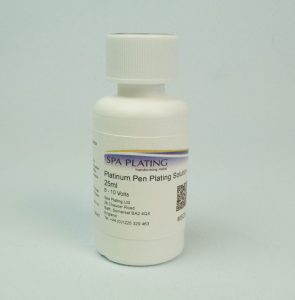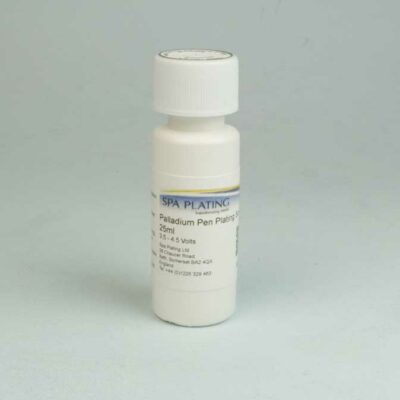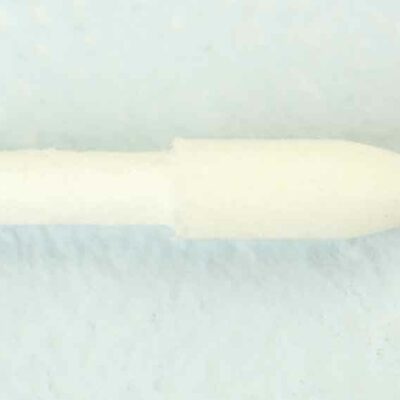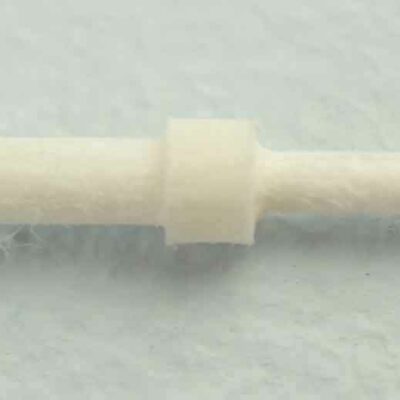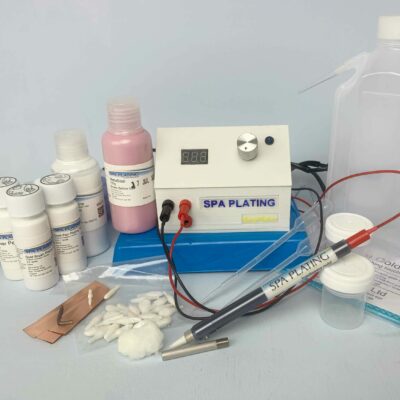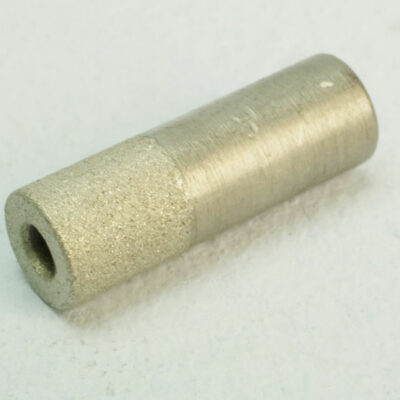This Platinum Pen Plating Solution contains 25 grams of platinum per litre and has been designed specifically for pen plating. It plates a hard-wearing, bright layer of platinum. Ideal for both decorative and functional purposes. When plating on to copper or brass, pre-plate with a thick layer of gold, silver or nickel.
You will need to use our fibre nibs with this solution. Standard nibs are not suitable for plating platinum. This plating solution can be used with our Battery Powered Plating Pen or our Plating pen with our MF Rectifier, links to which can be found below in the ‘Related Products’ section.
Orders outside UK and EU
This plating solution cannot be purchased and shipped outside the UK and the EU because it’s part of our range of plating solutions which are regulated for transport.
You could substitute this with our Palladium Pen Plating Solution, details of which can be found by clicking HERE.
HS Code: 3824 99 70

